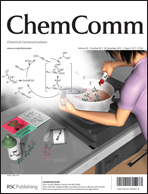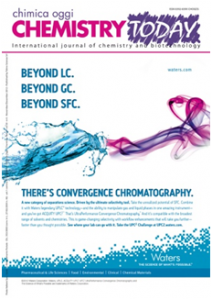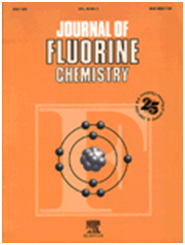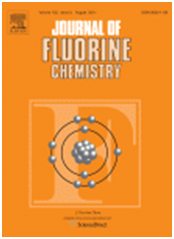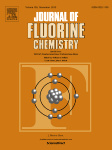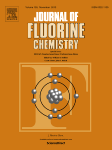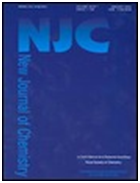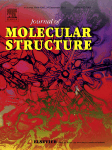Metric engineering of supramolecular Borromean rings
Author(s): Liantonio, R; Metrangolo, P; Meyer, F; Pilati, T; Navarrini, W; Resnati, G.
Source: CHEMICAL COMMUNICATIONS
Issue: 17 Pages: 1819-1821
DOI: 10.1039/b516730b Published: 2006
ABSTRACT:
Two homologues of supramolecular Borromean rings were obtained based on the halogen-bonding-driven self-assembly of iodide ions with telechelic diiodoperfluoroalkanes.
http://pubs.rsc.org/en/journals/journalissues/cc#!recentarticles&all



